back to the blog
What is Motorcycle Training?

Alex K · January 06, 2025
What is motorcycle training? It’s a common question we get at RideTo HQ. There are multiple courses and licences for motorcycles that can make everything a little confusing at times. We’ve put together a handy guide to help clear things up. Below is a list of all types of motorcycle training for full motorcycle licences.
We have also made an overview video to the different licences here.
Compulsory Basic Training (CBT)
The very first part of training any new motorcyclist will receive is Compulsory Basic Training commonly referred to as the CBT. It’s a day of training lasting between 6 to 8 hours consisting of 5 parts that the instructor must have deemed you to have passed in order to get your CBT certificate. The CBT starts with an introduction to the safety gear, what the day will involve and a very basic eye test, checking that you can read a registration plate from a distance of 20 metres, if you wear glasses you can wear them under your helmet. The training then moves on to the on-site training which involves basic bike controls, vehicle maintenance checks and manoeuvring at slow speeds. This leads into the on-site riding portion of the CBT which assesses your bike control by doing figure of 8s through cones and U turns. This is an important part of your motorcycle training as it teaches you key skills like shoulder checks before moving away from a stop and also how to properly turning the motorcycle.
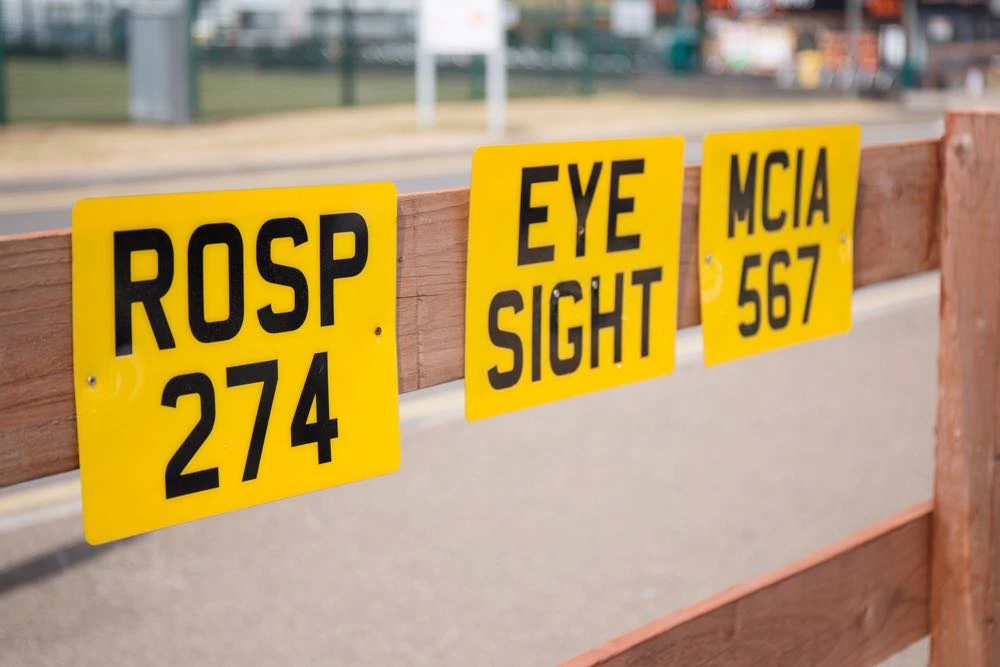
Once the on-site motorcycle training is completed it’s on to the on-road section of the CBT Training which will be where your knowledge of the UK Highway Code will be assessed. The motorcycle training you’ll receive from the instructor will be a classroom based run through of how you should ride a motorcycle on the road then, 2 at a time with the instructor, going out on the road with an intercom following the instructor’s directions.
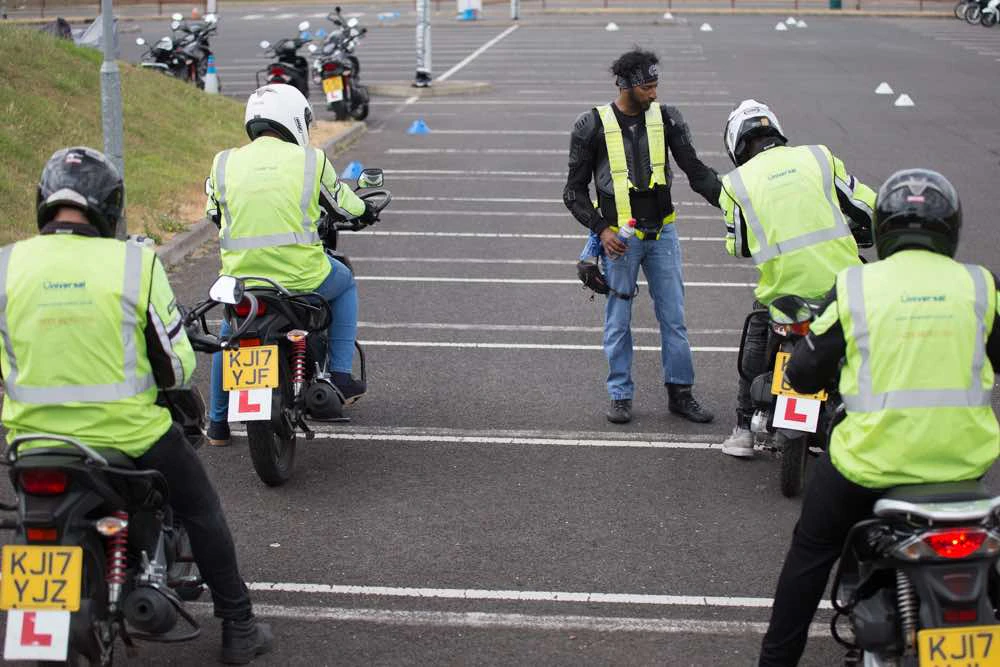
Provided that you have completed each of the 5 sections of the CBT to the instructor’s standard then you will be issued with a CBT Certificate that shows you have completed the basic motorcycle training - allowing you to ride a motorcycle up to 125cc (up to 50cc if you’re 16 years old) on the road for a period of 2 years.
Gear Conversion course/ITM
A Gear Conversion Course or an Introduction To Motorcycling (ITM) are both 2 hours training courses that you can do before (ITM) or after (gear conversion) your CBT course. It’s designed to give you 2 hours of more concentrated motorcycle training as a gear conversion course or an ITM would only in a group of no more than 2 riders per instructor. It covers the very basic stages of motorcycle training on a manual motorcycle such as clutch control, how to select gears, finding neutral, pulling away from a stop and controlling the bike at slow speeds. It is perfect motorcycle training for those who have no experience and are a little nervous about their CBT Training or those who only have experience on an automatic scooter.
Direct Access Training (DAS)
Module 1 is the first half of the Full Motorcycle Licence for an A1, A2 or A licence and is the off-road test. It’s a test of your bike control which is crucial when riding a motorcycle on the road. The training you will receive will match what you are going to be tested on: these are wheeling the moped or motorcycle (putting it on the stand); riding a slalom and figure of 8 between cones; maintaining a constant slow speed; making a U turn; cornering and a controlled stop; cornering and an emergency stop and cornering and hazard avoidance. If you’ve already done your CBT you’ll recognise a lot of the skills that are tested here as it is the first few sections of the CBT but on a larger bike and your ability in each will be more closely scrutinised.
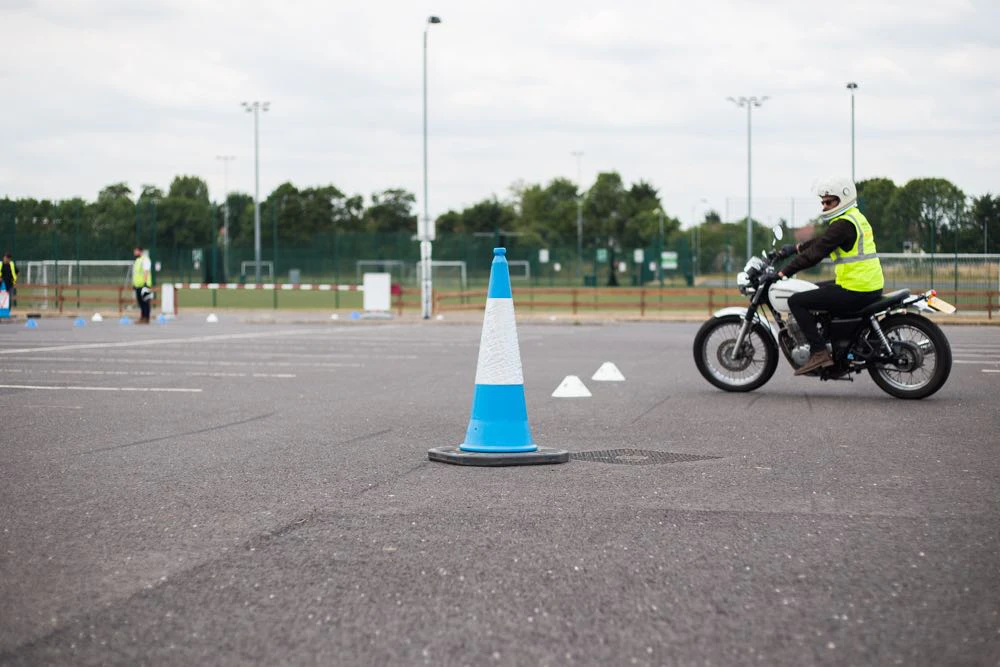
Having a read of that list of skills can be a little daunting but this is one of the reason Motorcycle Training is so important. During your Mod 1 motorcycle training your instructor will take you through each skill in detail to ensure that not only do you know what you’re doing during your test but also that you’re going to be safe doing the maneuvers you’re required to do.
Once you have been through the motorcycle training and the test has been completed you will find out whether you have passed or not. If you haven’t passed you’ll be told what faults you made so you know what to work on for your next attempt which you would have to wait at least 3 working days to make.
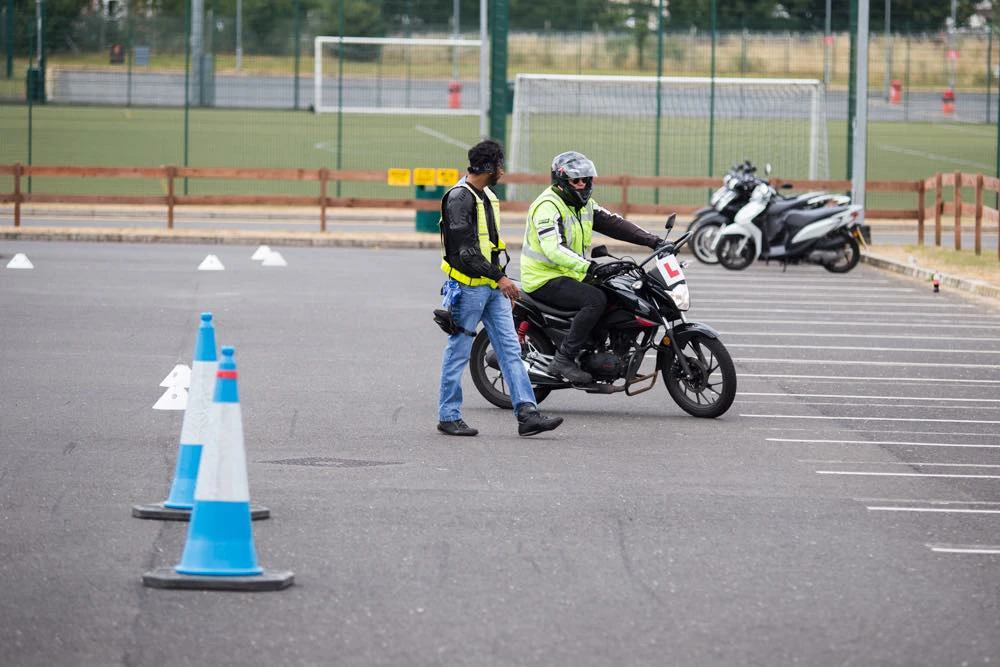
If you’ve passed your Mod 1 you can move on to the next part called Mod 2.
The format of the Mod 2 test will also be familiar to those that have done their CBT already as it is an assessment of your ability to ride on the road as well as your knowledge of the UK Highway Code. There are 4 sections to the Mod 2 test: an eyesight check from 20 metres away; “show me, tell me” questions about vehicle safety; a road ride in varying traffic and road conditions followed by a 10 minute independent riding session where you will be making your own decisions on the road rather than following instructions.
The reason motorcycle training is so important for Mod 2 is making sure that your knowledge of motorcycle safety and also how to ride during your road ride is good enough to get you through the test. The amount of training you need will depend on how much experience you have on a motorcycle on the road.
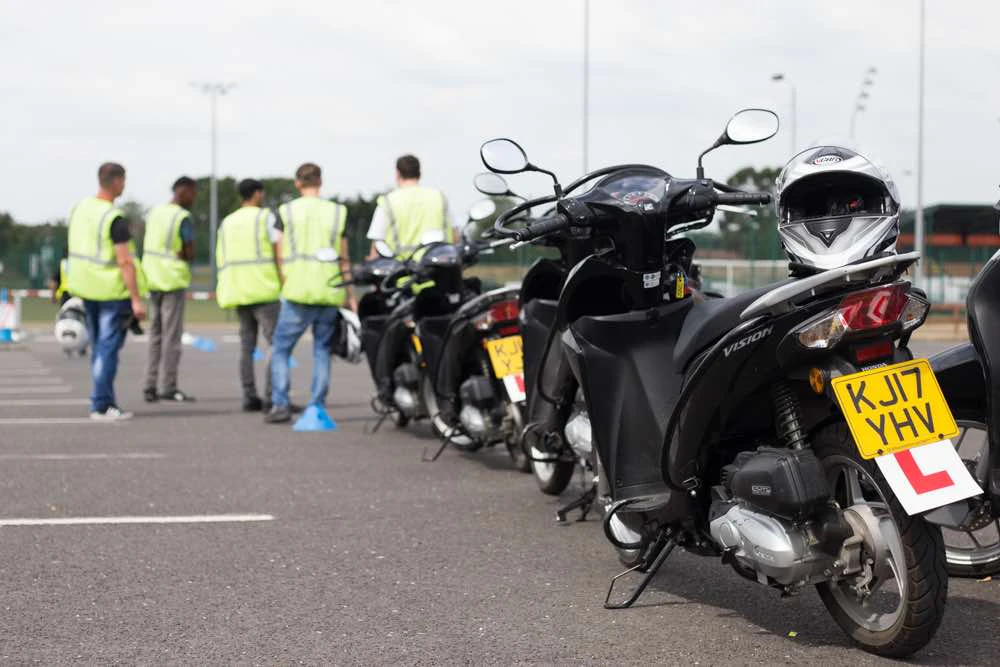
If you have passed your Mod 2 test then the examiner will give you your pass certificate and talk to you about sending off your licence. As soon as you’ve passed you no longer have to ride your bike with L plates - you don’t have to wait for your full motorcycle licence to arrive which can take up to 3 weeks.
If you didn’t pass the examiner will run you through your faults (much like Mod 1) so that you can work on the parts that you’re struggling with - you need to wait a period of 10 working days before taking your Mod 2 test again.
We understand that it can be confusing if you’re new to motorcycling and if you still have any questions about motorcycle training after reading this guide then don’t hesitate to get in touch - we all started our motorcycling journey somewhere so we’re always happy to help anyone that might be a little turned around.


